Robben Island: A Trip To Mandela’s Prison Cell.
“During my lifetime I have dedicated myself to this struggle of the African people. I have fought against white domination, and I have fought against black domination. I have cherished the ideal of a democratic and free society in which all persons live together in harmony and with equal opportunities. It is an ideal which I hope to live for and to achieve. But if needs be, it is an ideal for which I am prepared to die.” – Nelson Mandela – Rivonia Trial 20 April 1964.
Inspired by the above speech which Mandela gave from the court dock during the famous Rivonia Trial of 1964, I set out to visit Robben Island- The prison island built by the then South African Apartheid Government to permanently silence political activists that are challenging their oppressive and racist regime. Situated 6.9 kilometers west of the coast of Bloubergstrand, Cape Town South Africa. It takes a boat trip of about 30 minutes from the Waterfront mainland to the Island. As I set out on the boat trip with other tourists, I was reminiscing on how callous the Apartheid government was on those days to build this prison on this small piece of island covering an area of 5.18 kilometers (3.22 miles) and surrounded by cold Atlantic Ocean. You won't need to think further to figure out that this prison island was designed in such a way to make prison break impossible.
The Seal Island
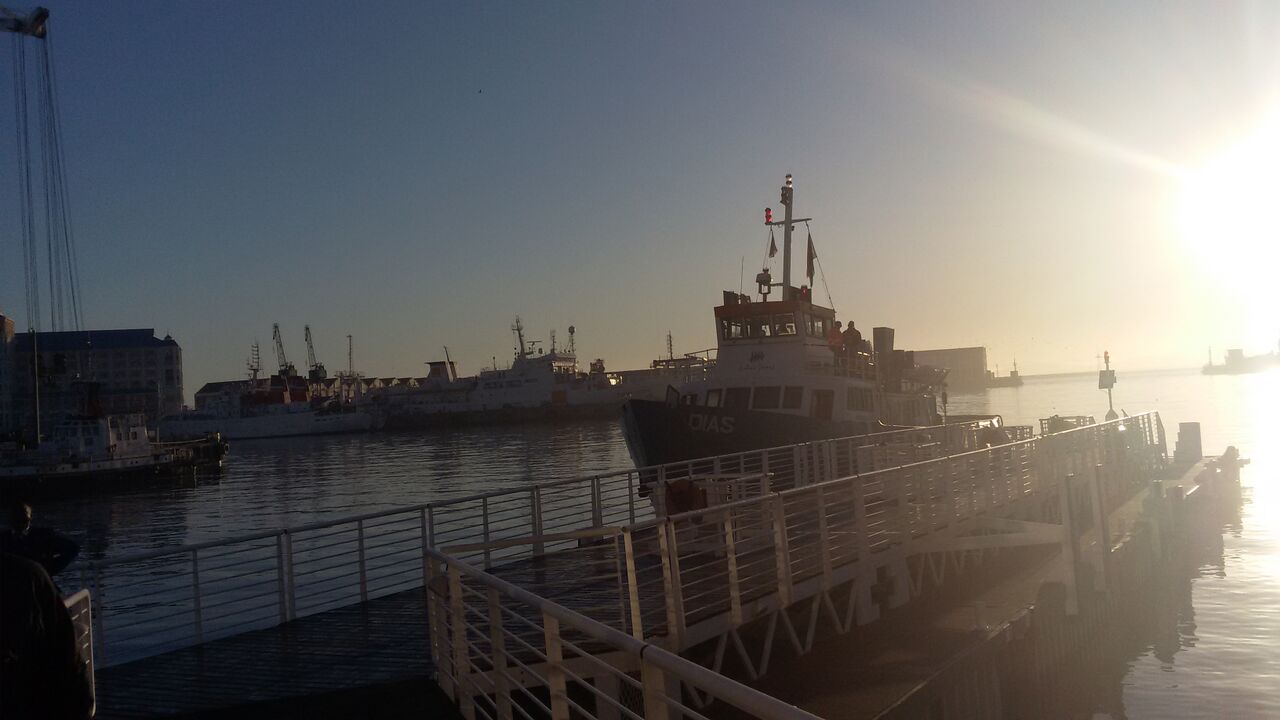 About to leave
About to leave
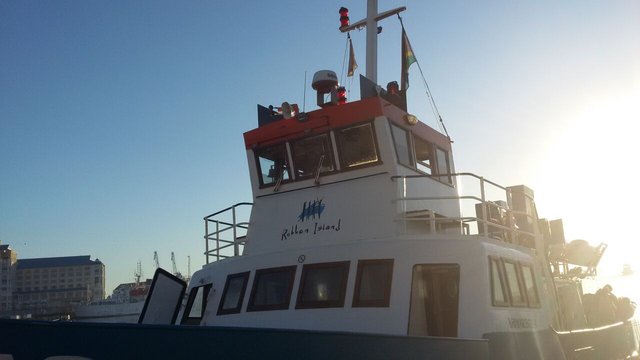 Our boat
Our boat
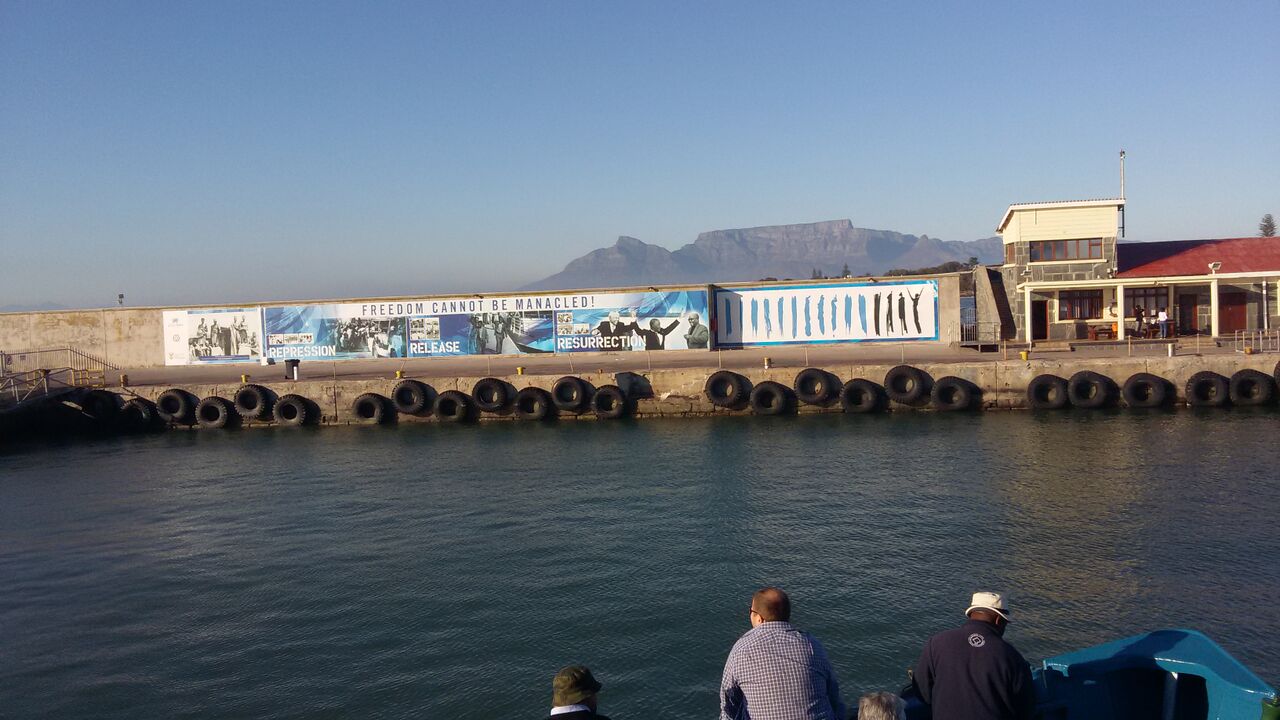 Murray's Harbour - Entrance Harbour
Murray's Harbour - Entrance Harbour
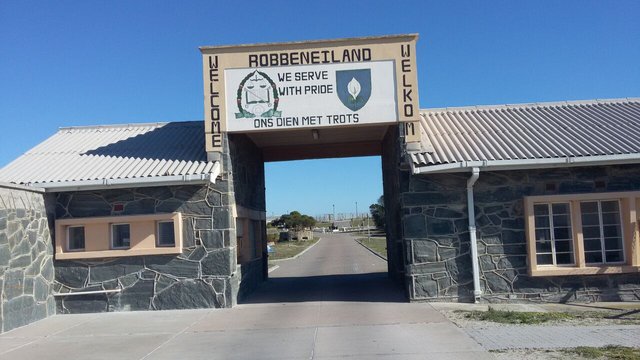 Entrance Gate
Entrance Gate
On arrival, I was struck with by the gigantic picture of struggle veteran Robert Sobukwe hung on the wall of Murray's Bay harbour. Robert Sobukwe was imprisoned for pass law defiance march of 1960. Our first tour guide narrated to us the brief history of the island starting with its Afrikaner name - Robben Island which translates to Seal Island. It derived its name from the huge number of seals that reside on the island. And since Afrikaner language was the official oppressor's language spoken then, it was named Robben Island. The island used to be a lepers colony and animals quarantine station before it was converted to prison for political prisoners and convicted criminals. One of the outstanding sites on the island is the limestone quarry site. Prisoners were brought out every day during sunrise to break stones as manual labour. This severe hard labour was instituted by the apartheid government to punish prisoners and extract road construction materials from the prisoners. Prisoners were brought out during sunrise because of the damaging reflection the limestone inflicts on the eye during sunshine. Despite this great of adversity, prisoners used this quarrying period to secretly discuss political issues and learn from each other. Mandela was later diagnosed of eye problem and tuberculosis because of prolonged quarrying activity.
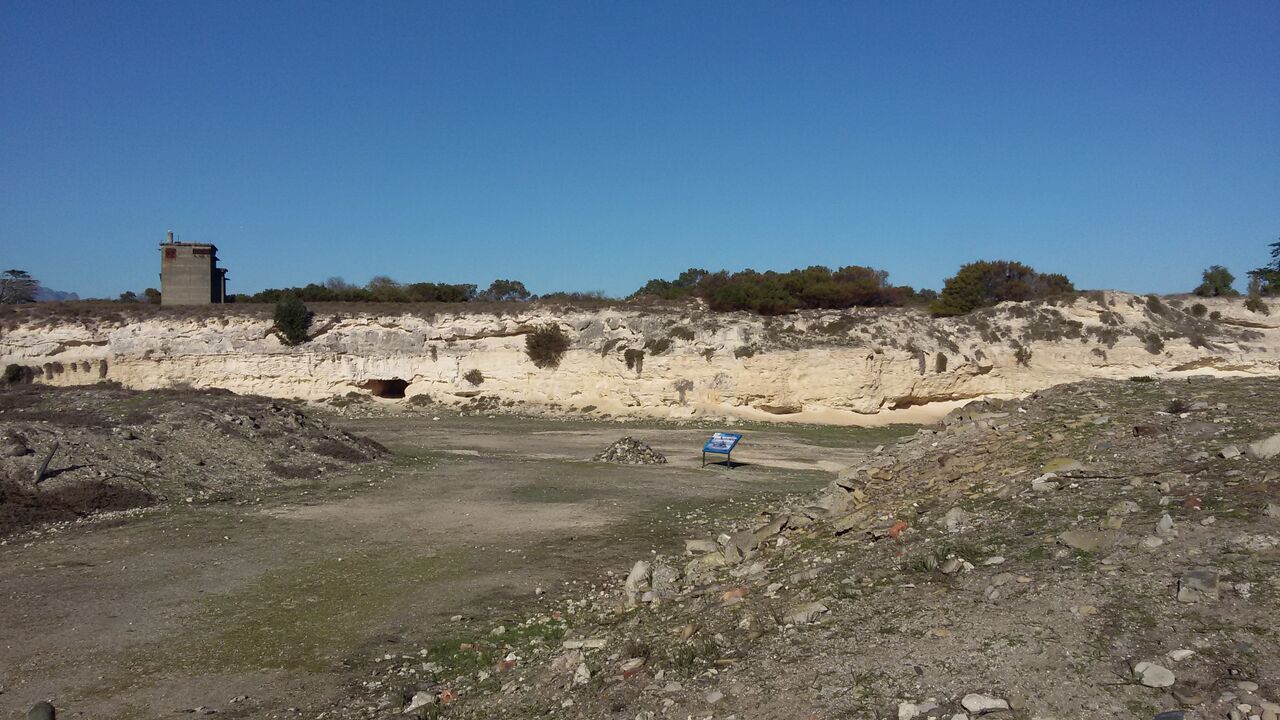 Limestone quarry site
Limestone quarry site
Lockdown and Surveillance
During the second phase of our tour, the second tour guide a former inmate took us round the prison and gave us a detailed narrative of life inside the prison. The prison is divided into two - general cell for minor offenders and private cell for major offenders mostly high profile political prisoners. Mandela was in a private cell. The private cell was built to isolate high profile political prisoners in order for them not to influence other inmates. Not only were prisoners locked down under maximum security, there was a huge surveillance on all inmates at all times. The prison walls were mounted with secret transmitters so that the guards would be eavesdropping on the prisoners. And should a prisoner receive a letter from family or friends, the guards will read the letter and physically cut off words they found political. In the midst of this huge surveillance Mandela was able to write his autobiography - Long Walk To Freedom and smuggled it out from Robben Island.
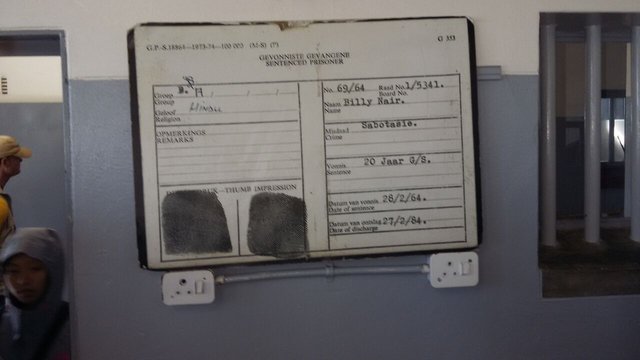 Prisoner's registration card
Prisoner's registration card
Resilience of Human Spirit
As we left the general cell ward and proceeded to private cell where Mandela's cell is, my heart was beating fast to see the place that this great human spent all his adult life fighting for a cause he believed in. As I stood in front of Mandela's it dawned on me what he really meant when he said that ''It always seems impossible until it's done''. The matchbox like cell was so small that it was obviously discomforting for a man as tall as Mandela to eat, sleep and ease himself there. It was really a mental torture to break him down and coerce him to give up his cause - Freedom for all South Africans. But in the face of great adversity and in humane treatment, Mandela was resilient and forgiving. He never gave up instead he was steadfast on his cause and continued galvanizing international pressure on the apartheid government which lead to his release in February 20 1990. Mandela was later democratically elected and sworn in as South African President on 10th May 1994. Robben Island prison was closed in 1996 and declared UNESCO heritage site in 1999.
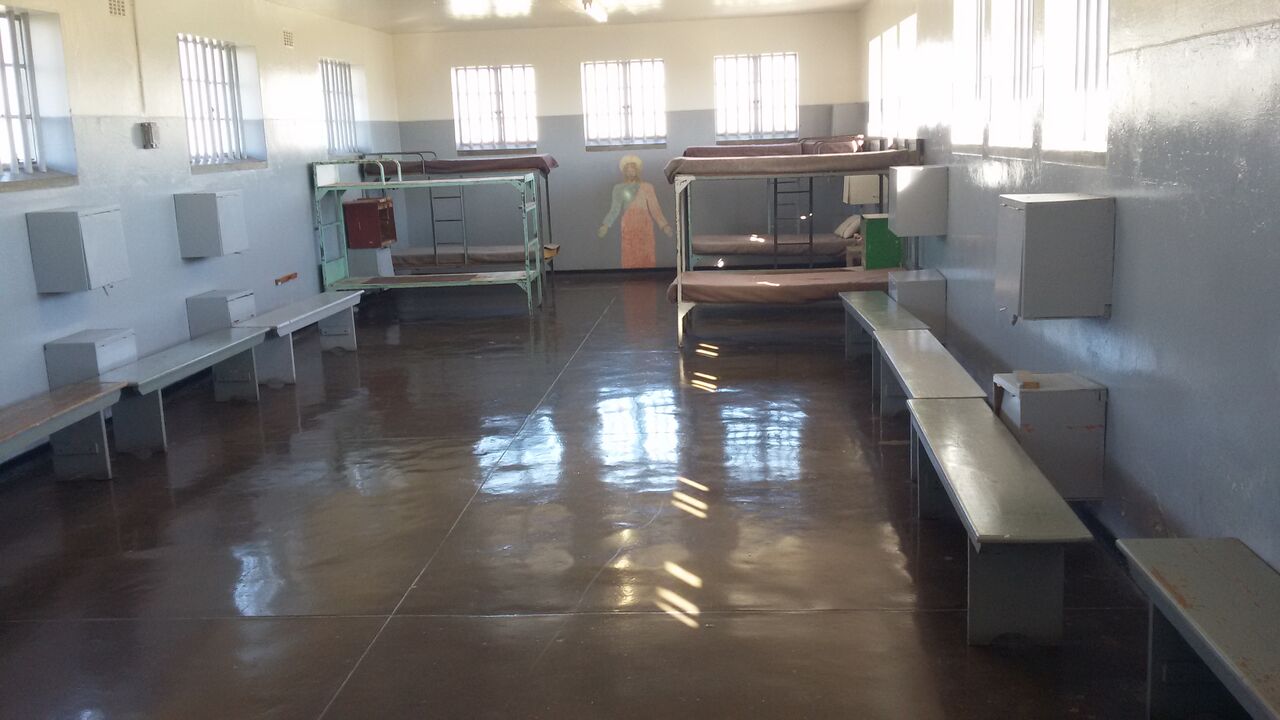 General Cell
General Cell
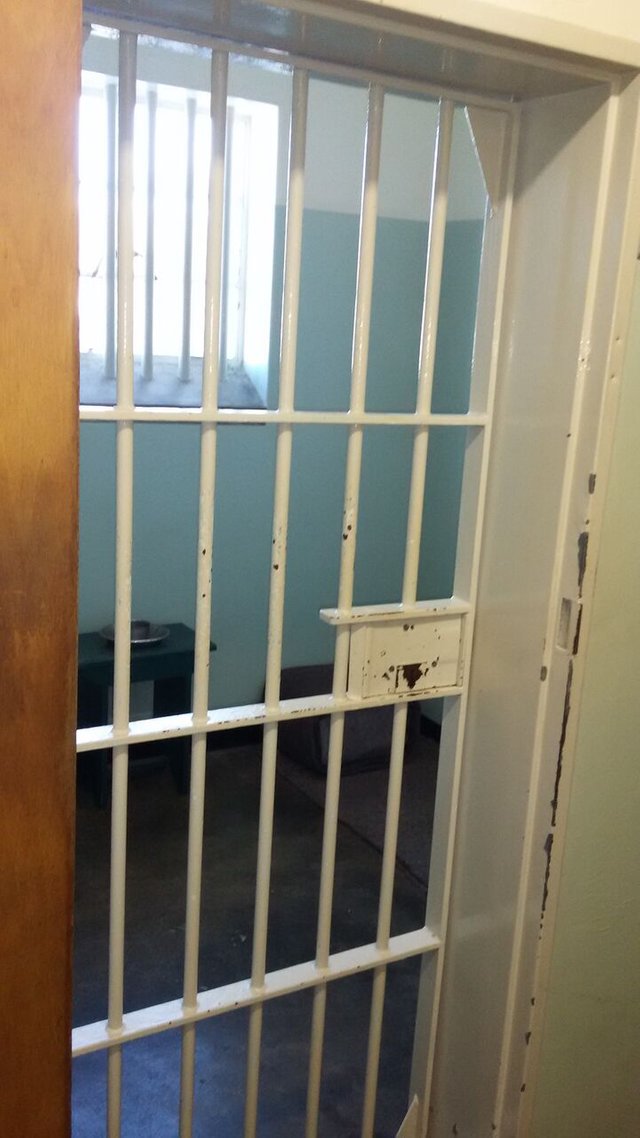 Mandela's Cell
Mandela's Cell
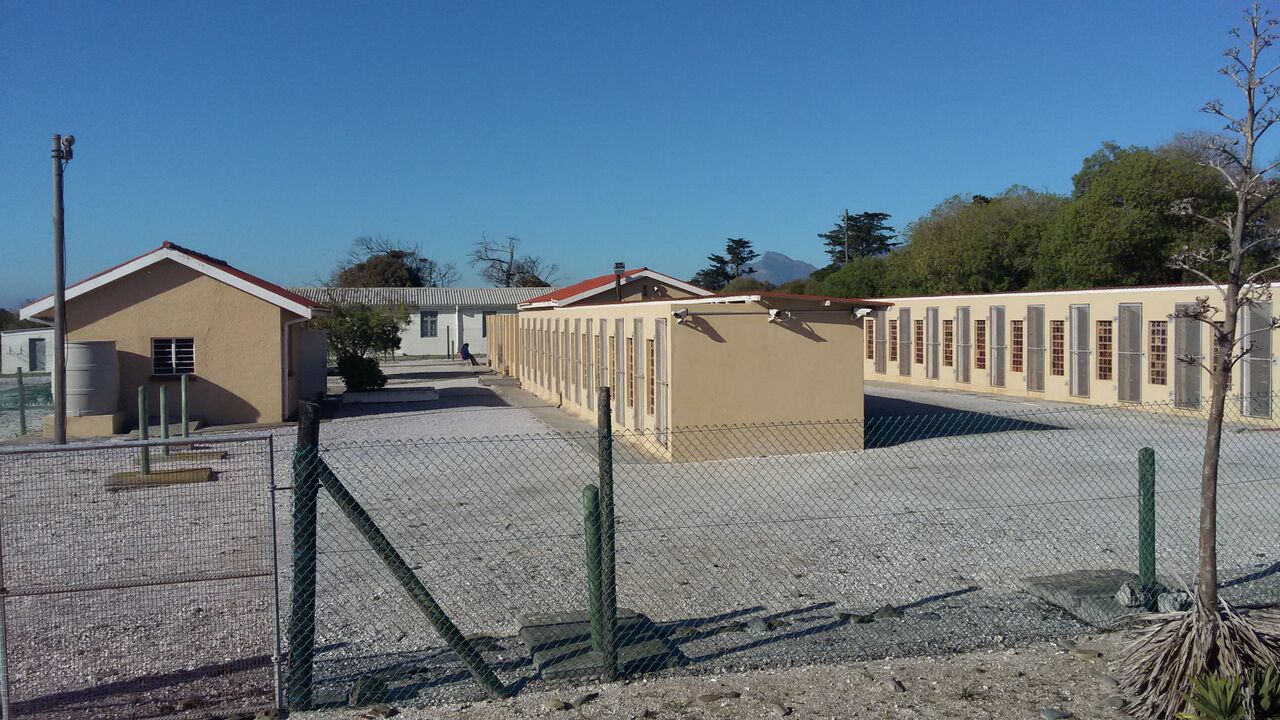 Sobukwe House - Solitary Confinement House of Robert Sobukwe
Sobukwe House - Solitary Confinement House of Robert Sobukwe
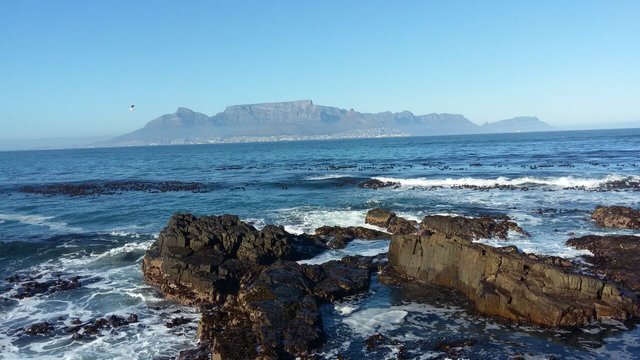 Cape Town view from Robben Island
Cape Town view from Robben Island
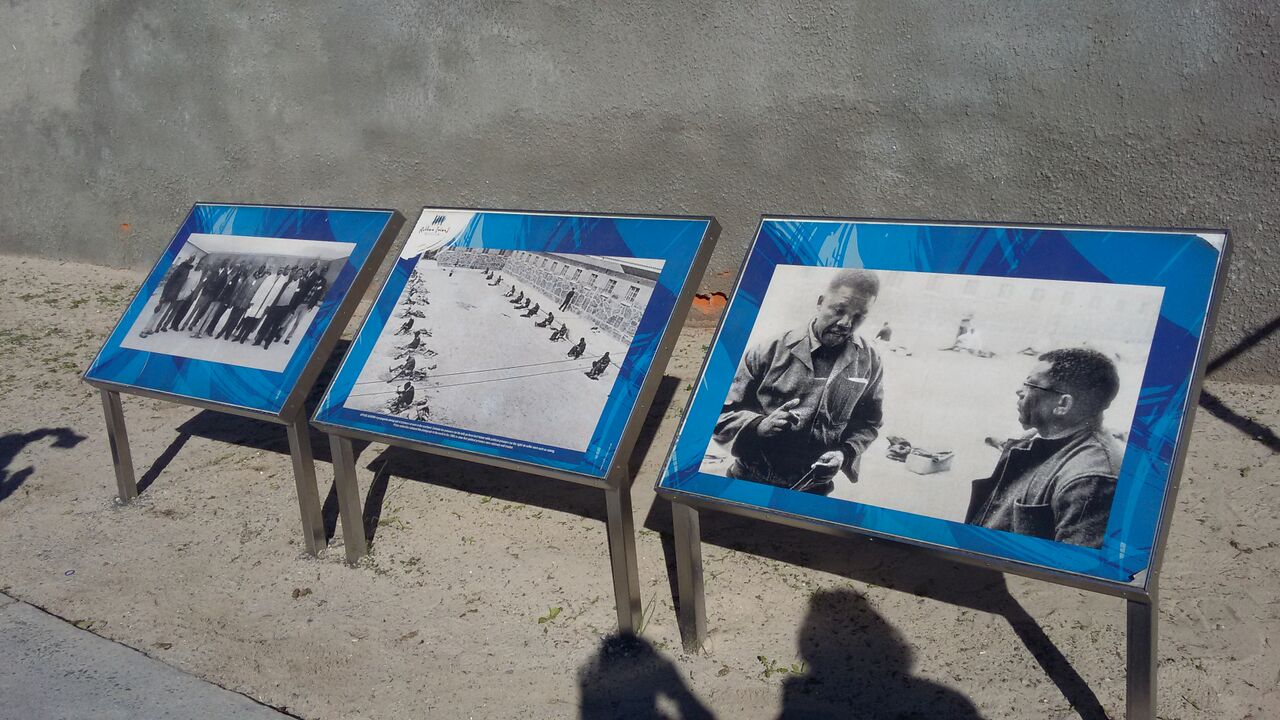 The spot where Mandela hid under the ground the manuscripts of his Autobiography Long Walk To Freedom
The spot where Mandela hid under the ground the manuscripts of his Autobiography Long Walk To Freedom
If you enjoyed my article please upvote and resteem it. Thank You.